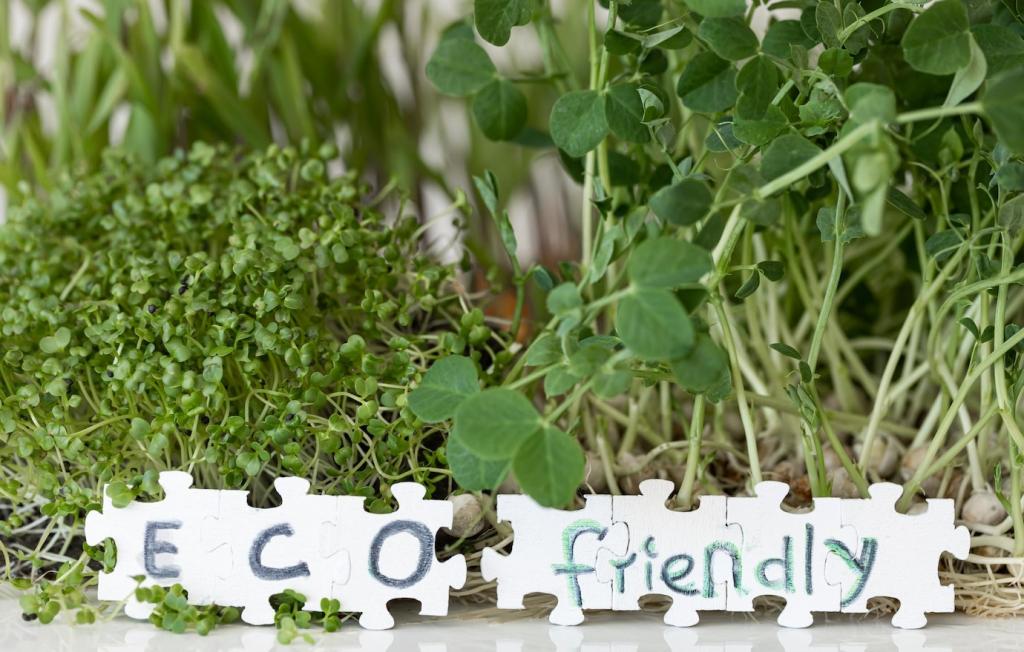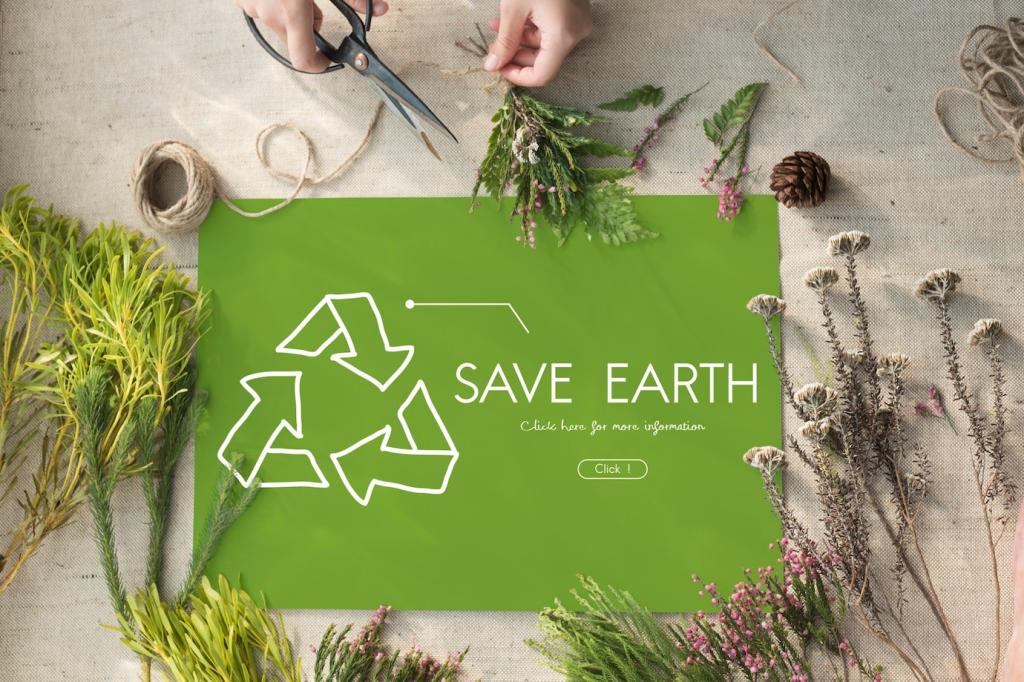Storytelling With Substance
Tell the small, true story: a founder’s coffee-stained notebook mapping supplier visits, or the warehouse team’s first pallet of reused boxes. Specific moments create trust and texture. Ask your audience which detail made them care—and build from there.
Storytelling With Substance
Describe dilemmas openly: a compostable film that fails durability tests, or recycled zippers scarce at scale. Explain decisions and interim steps. Transparency turns critics into co-creators and signals that impact, not perfection theater, drives your voice.
Storytelling With Substance
End stories with clear, human next steps: repair, refill, return, or write your city council. Replace guilt with agency. Celebrate community wins—like a neighborhood textile takeback—so readers feel part of a living movement. Share your local action; we’ll spotlight it.









